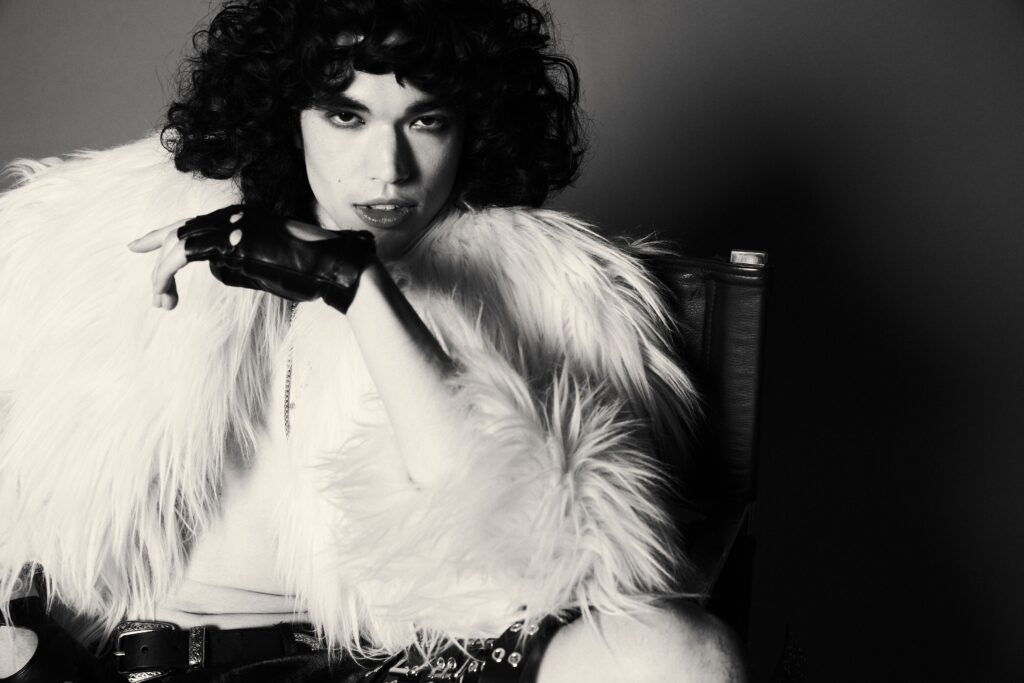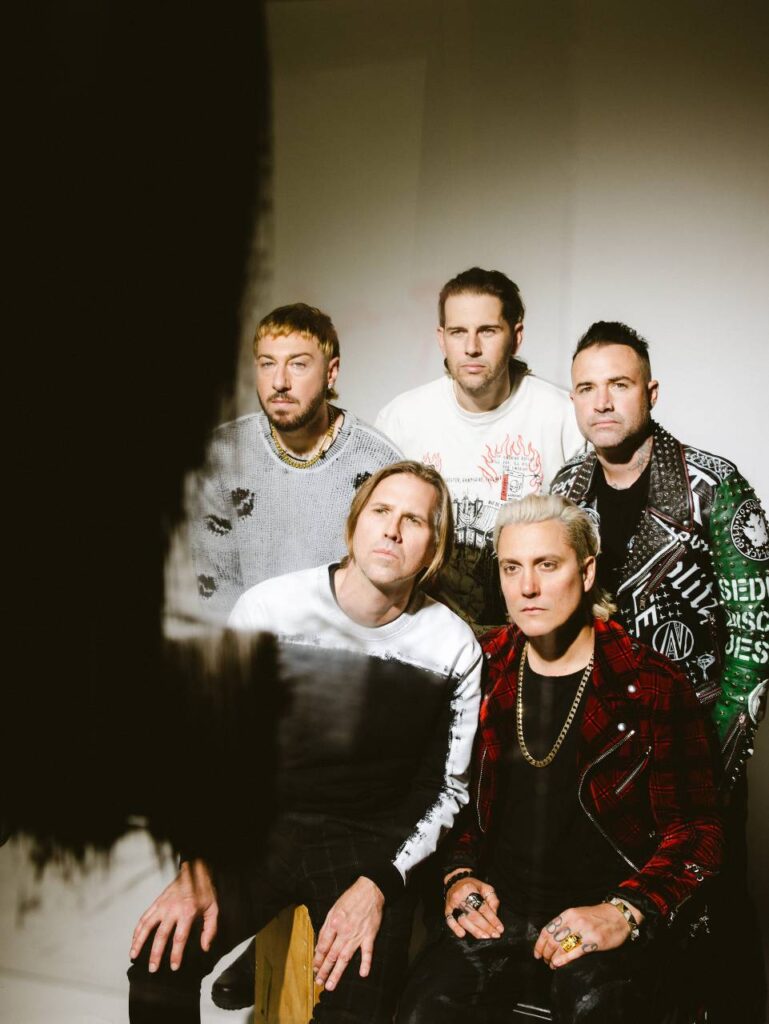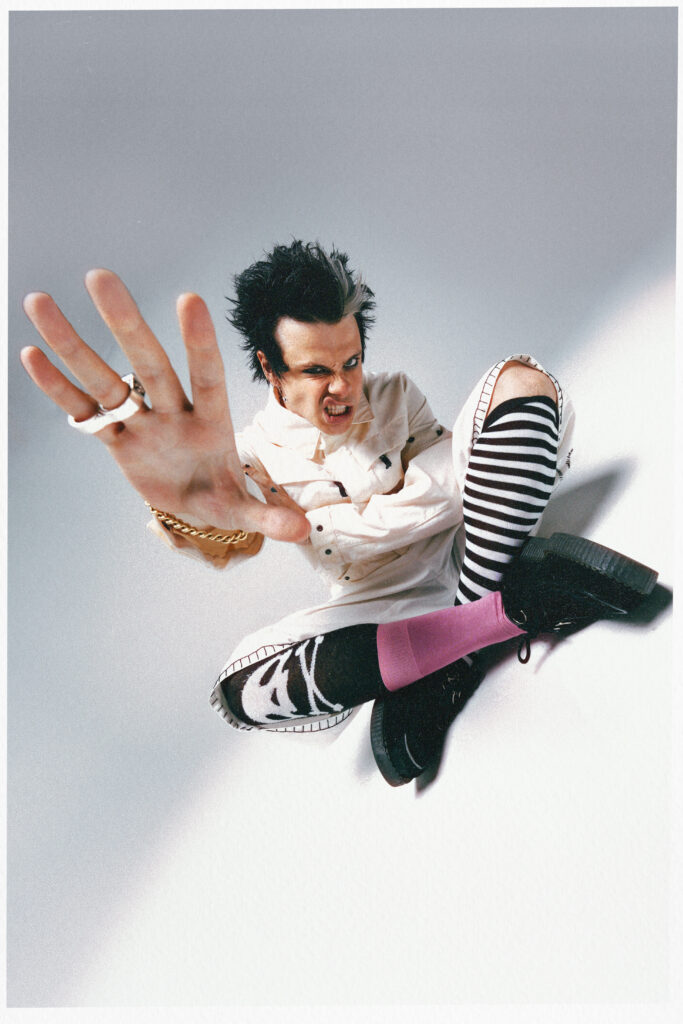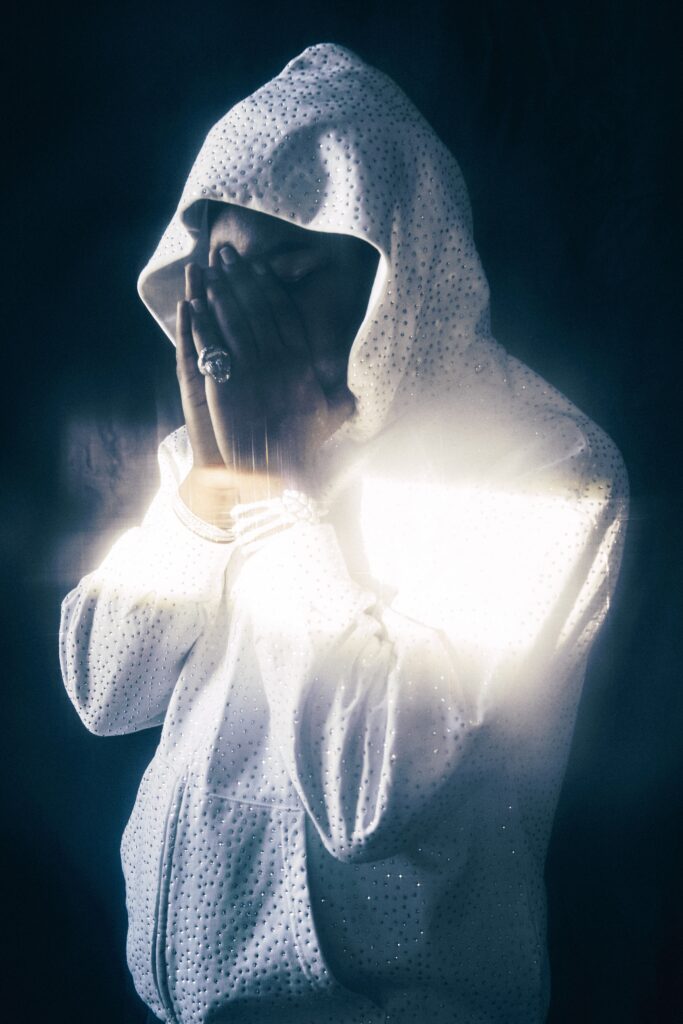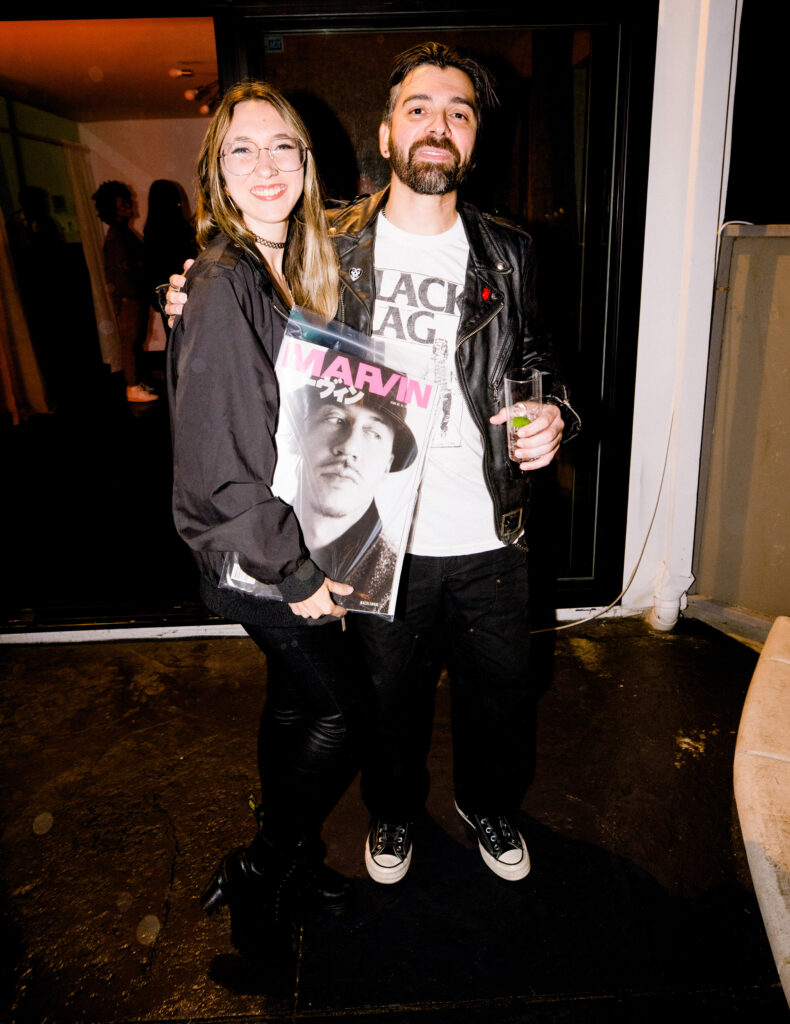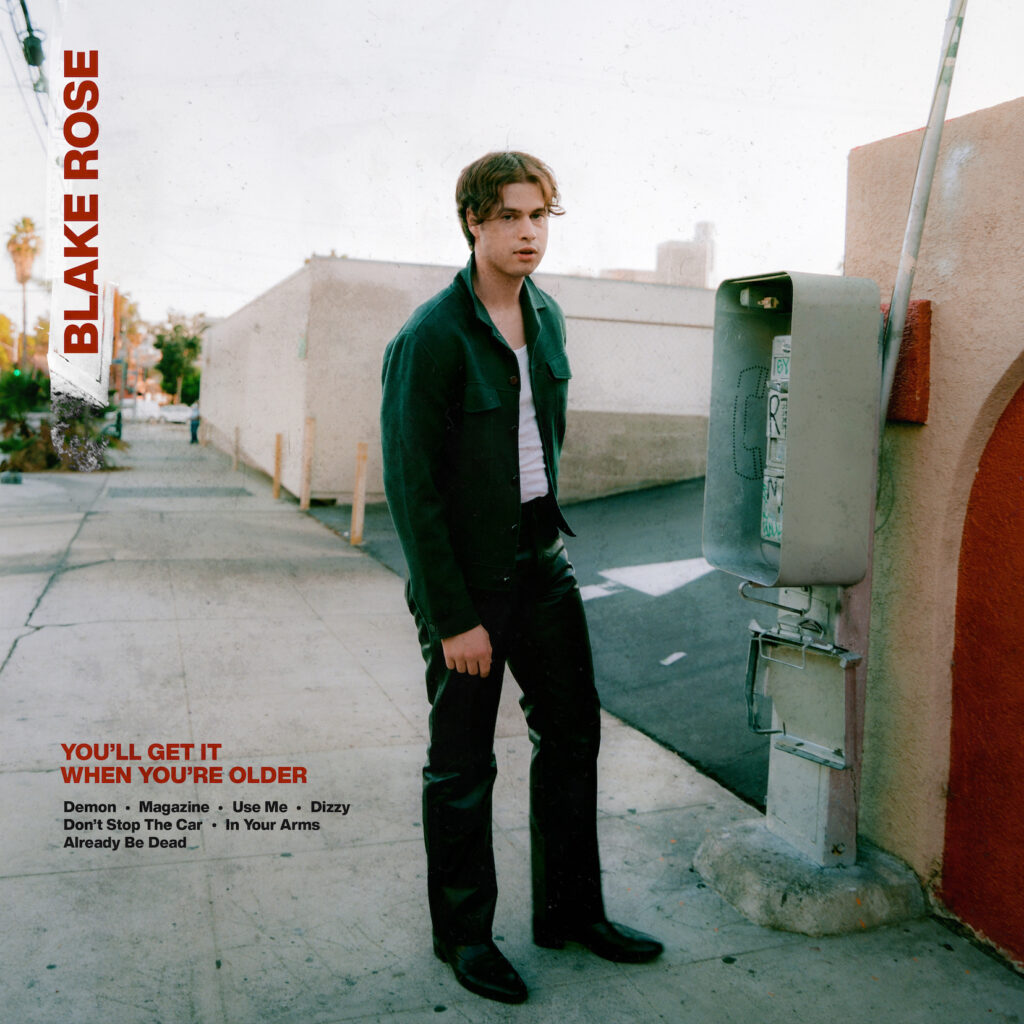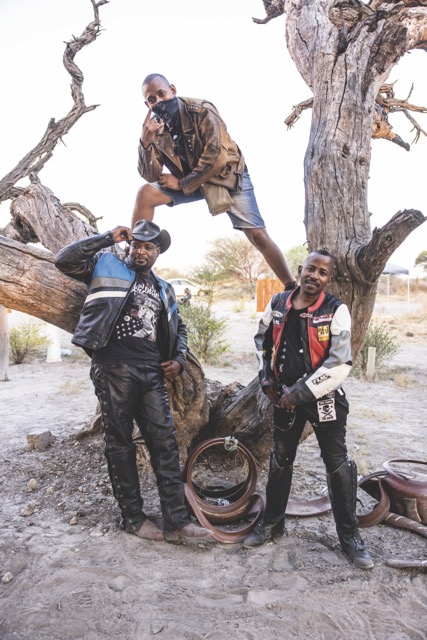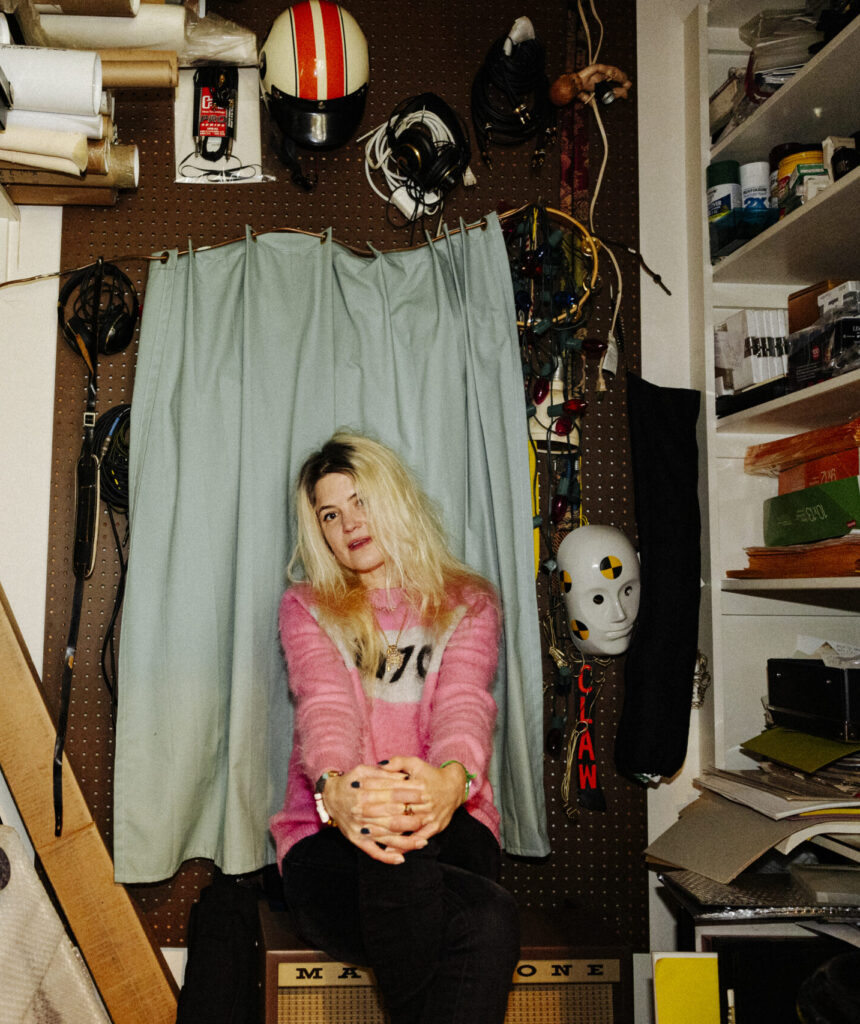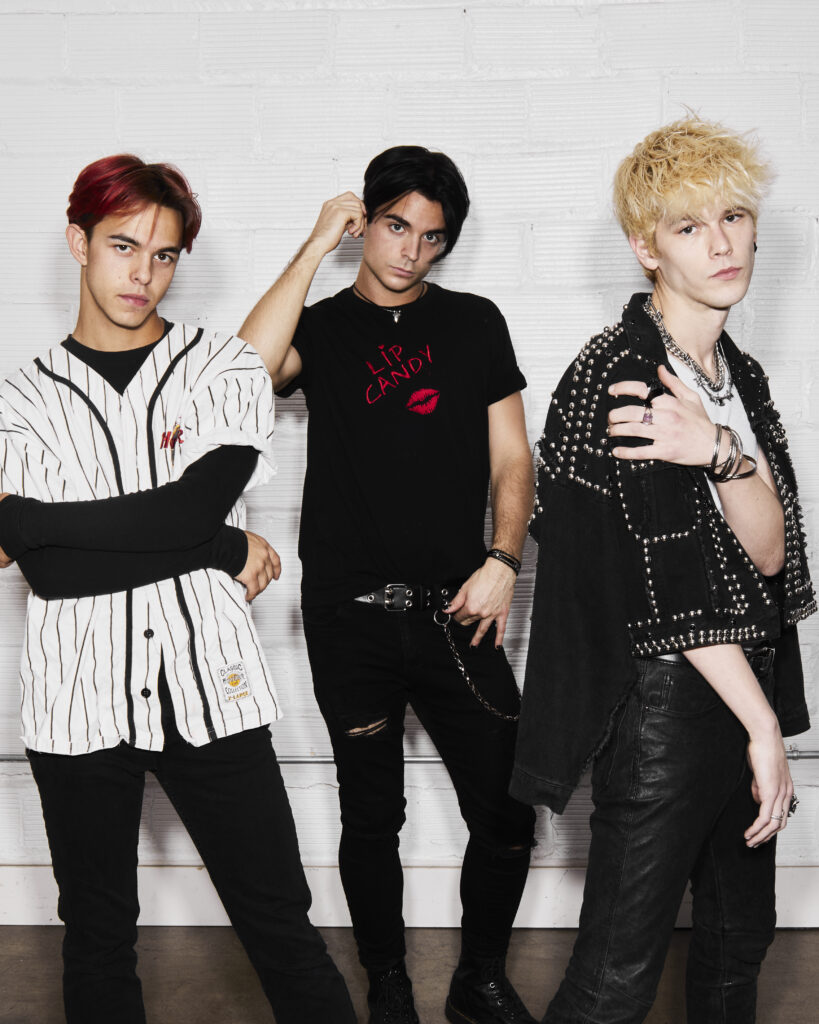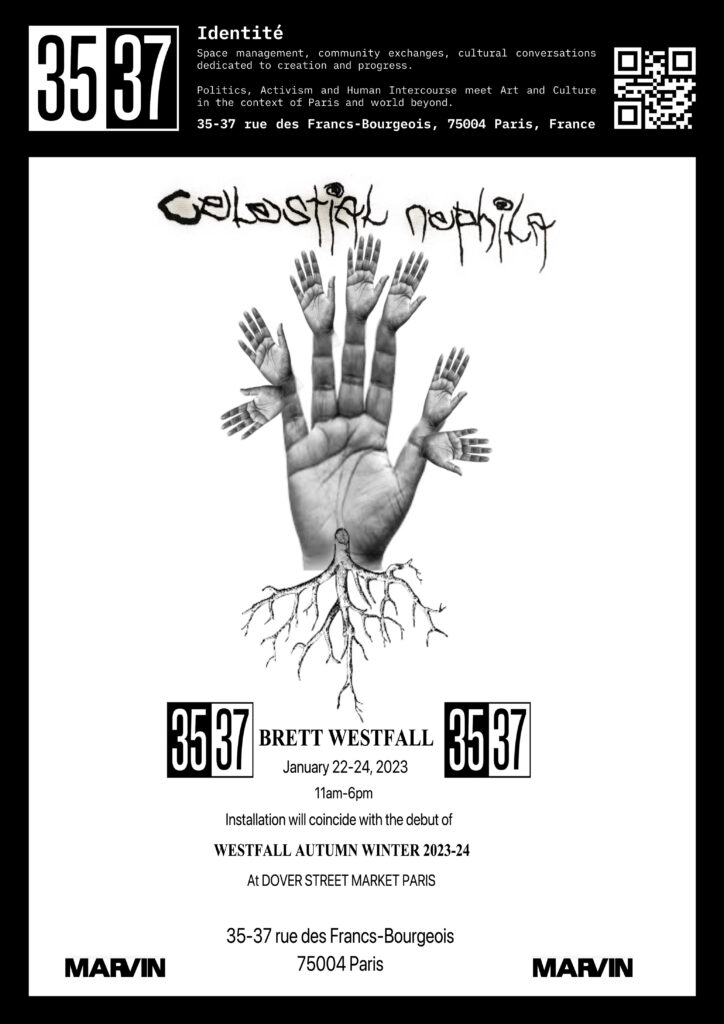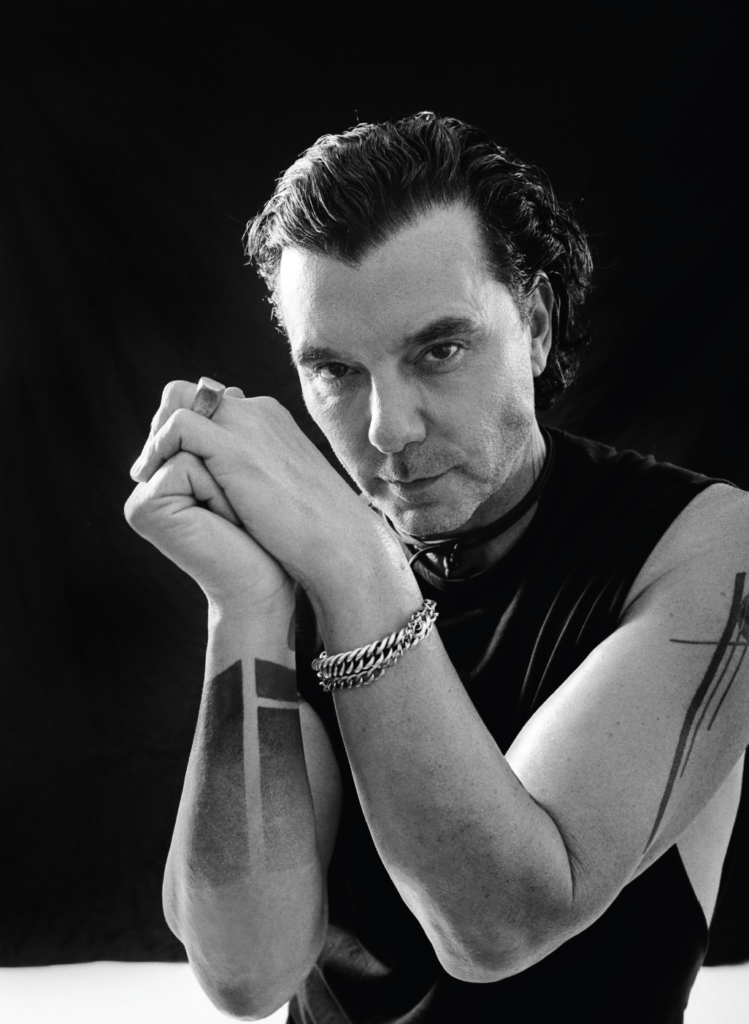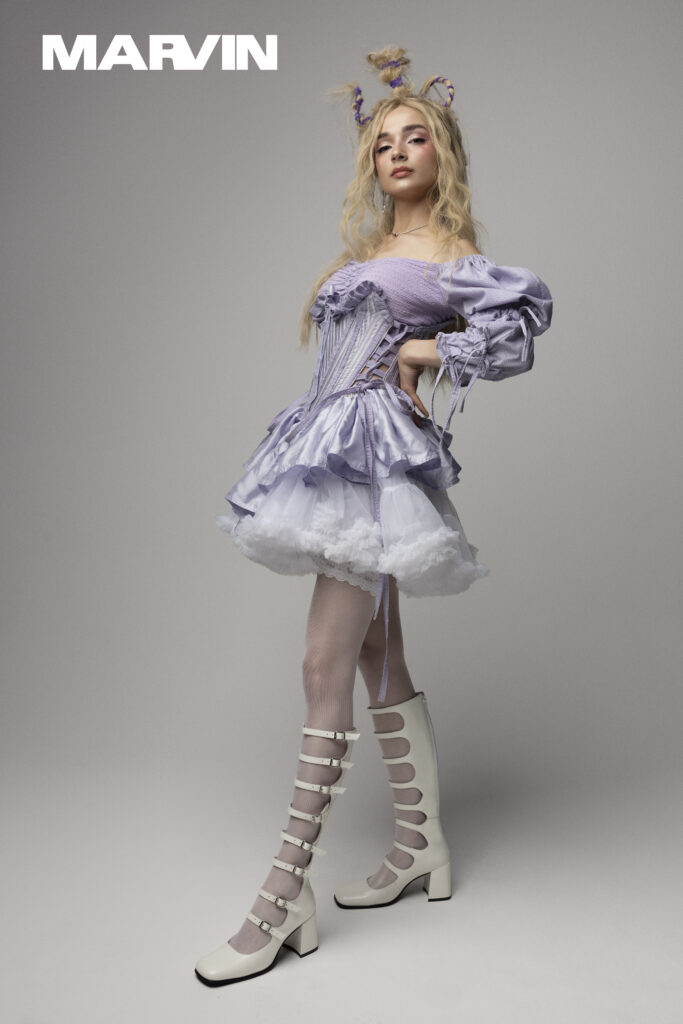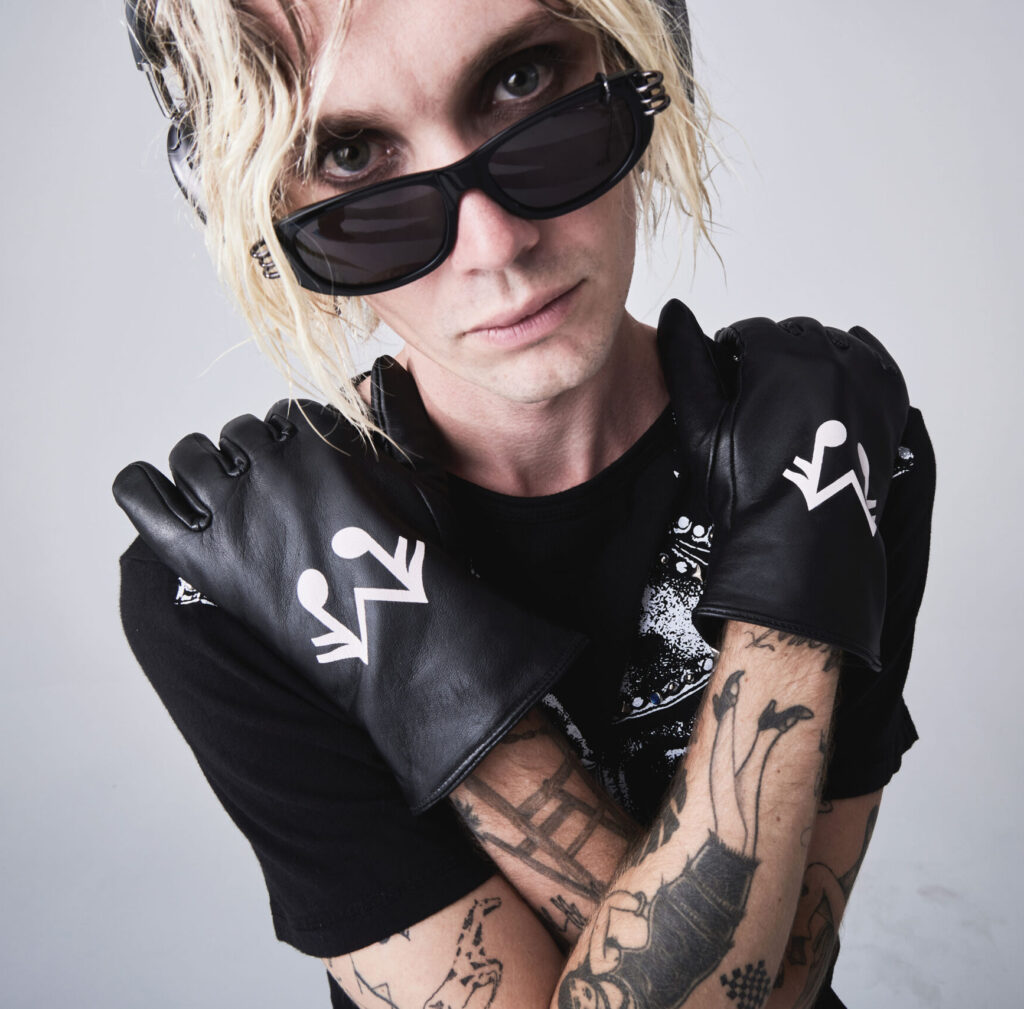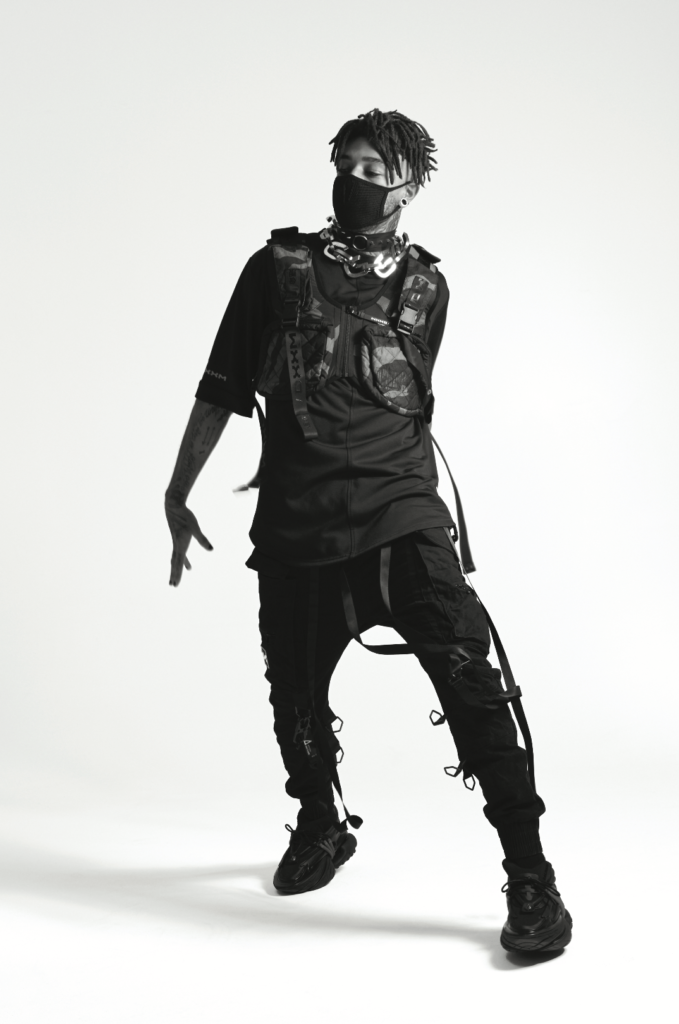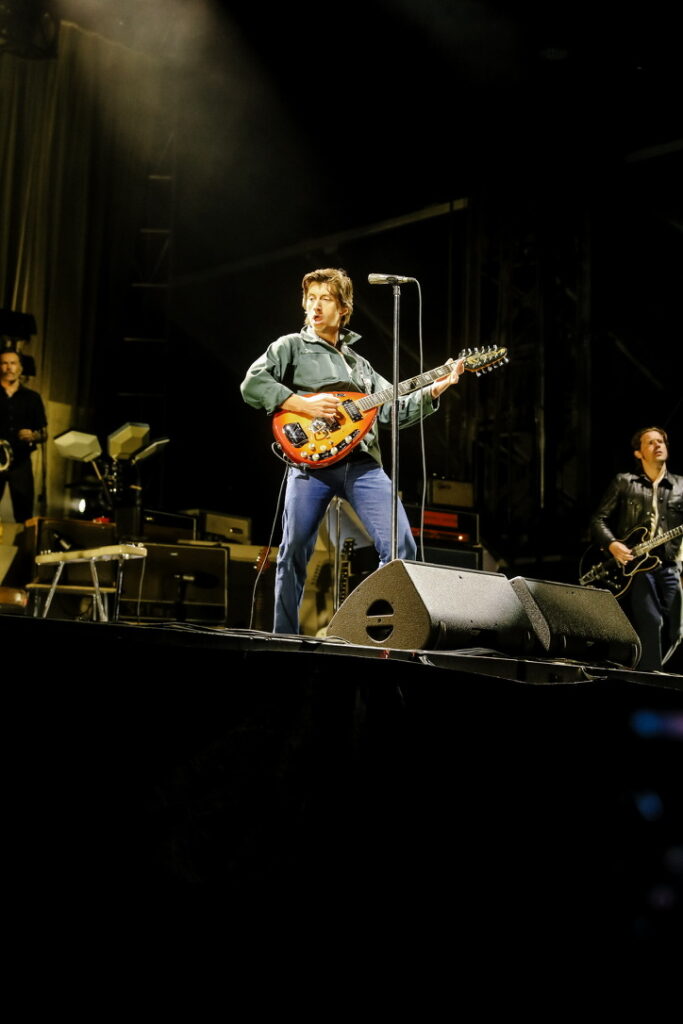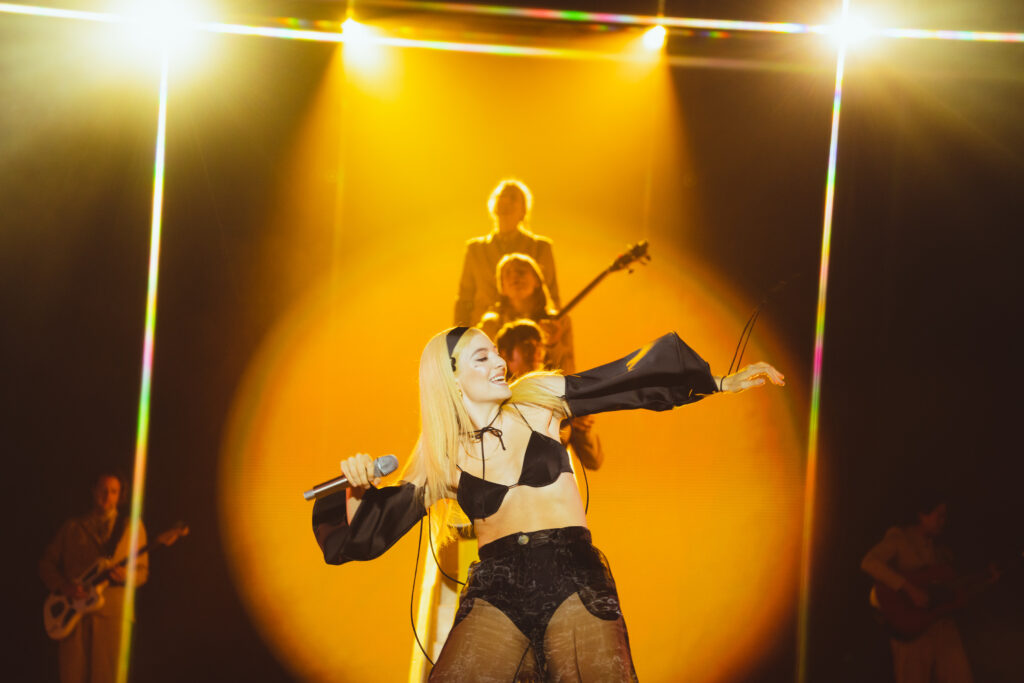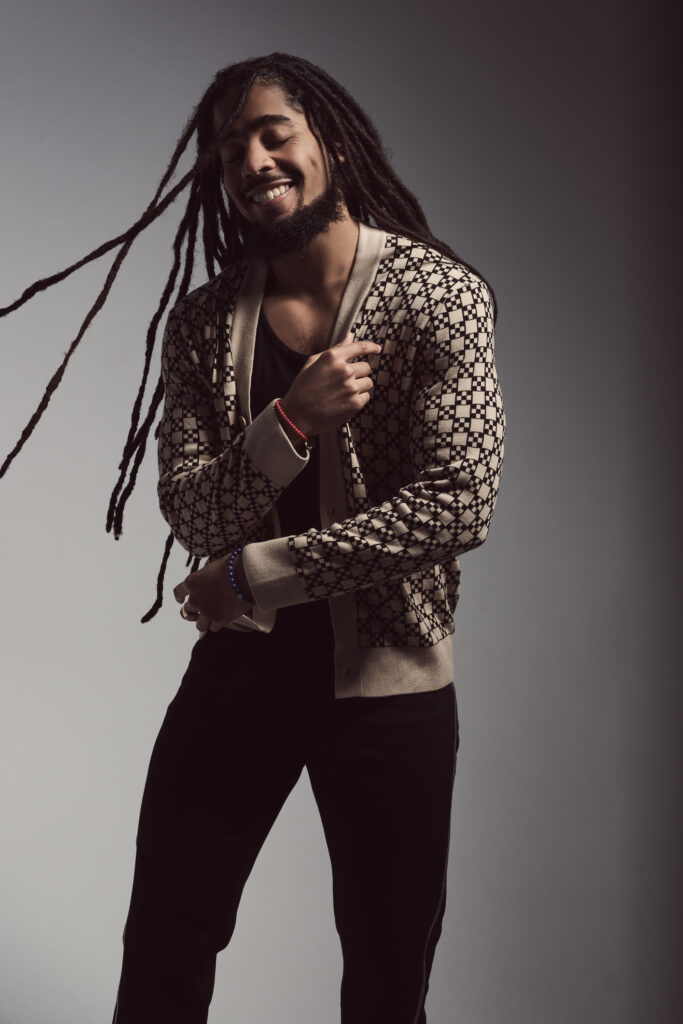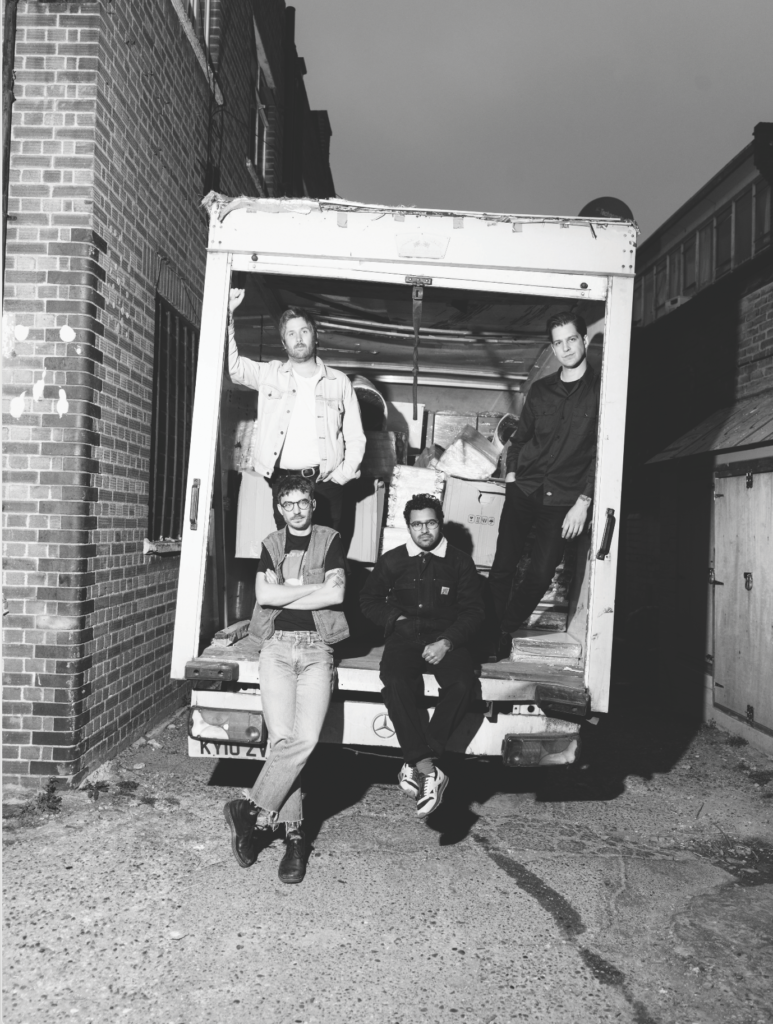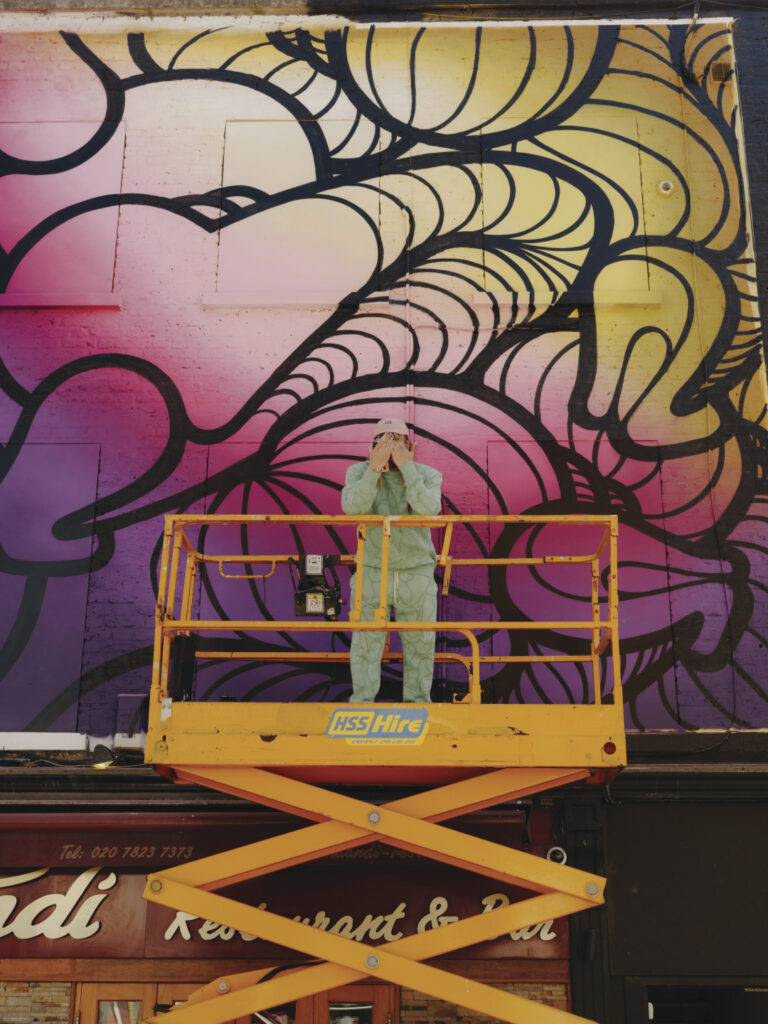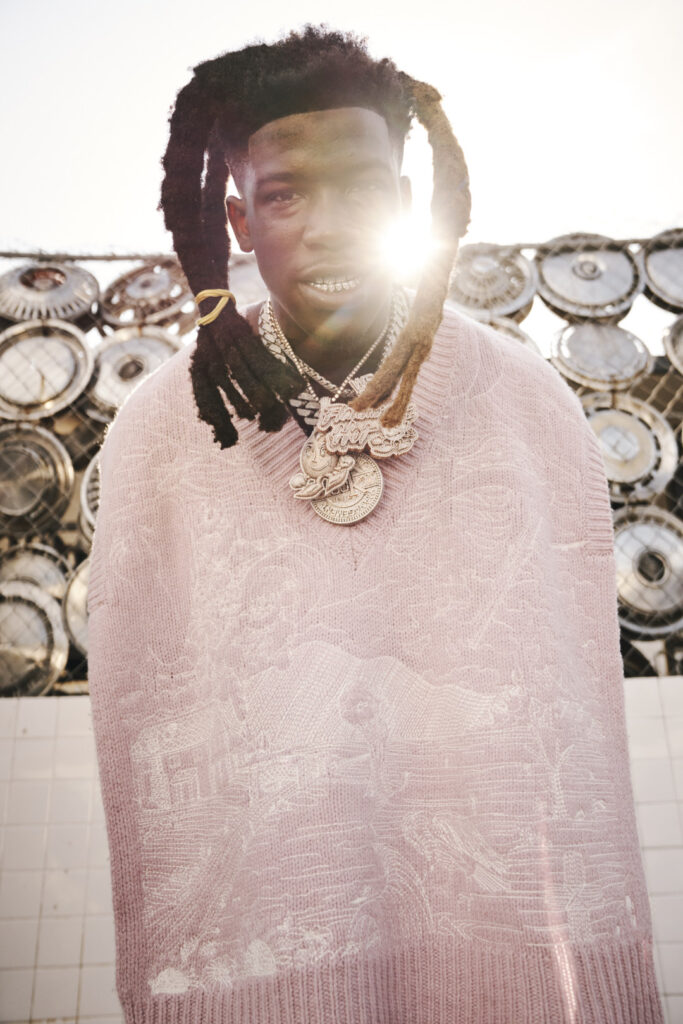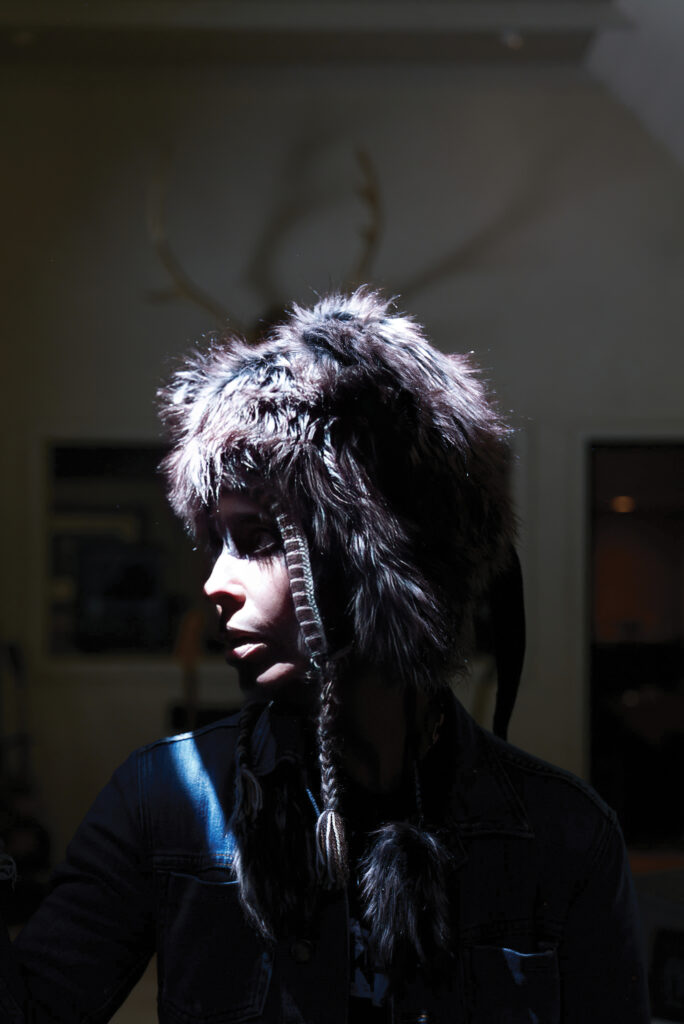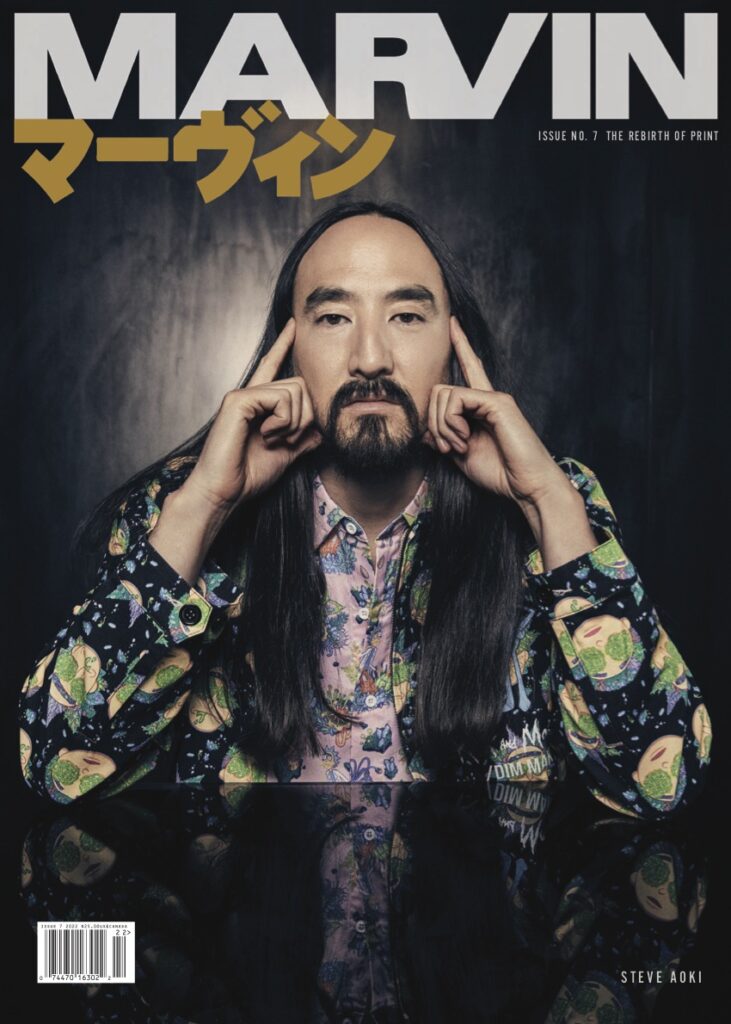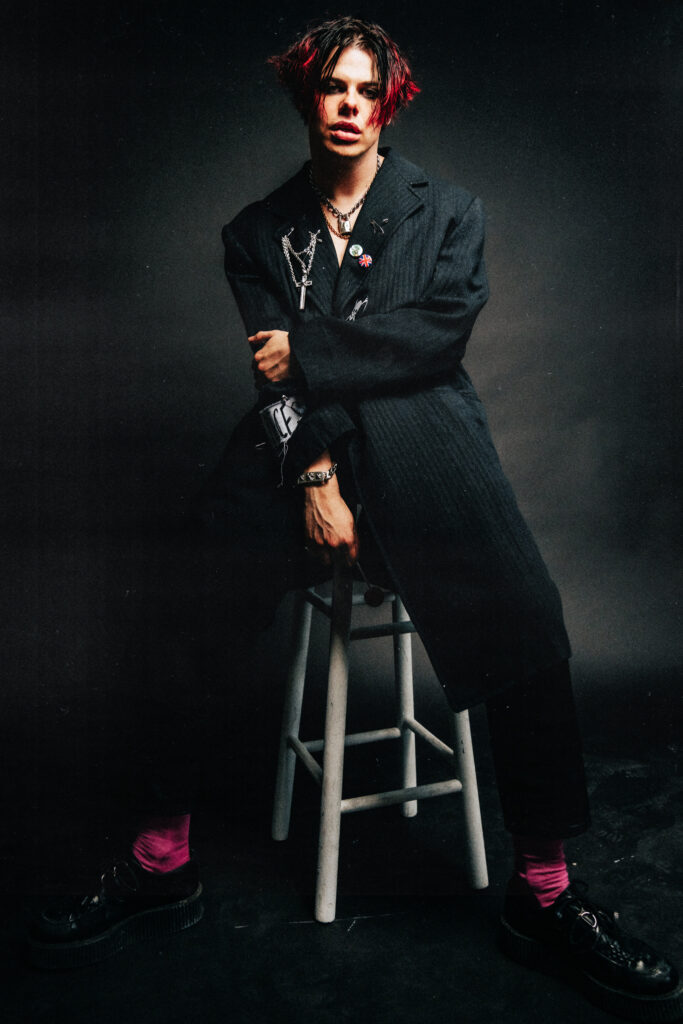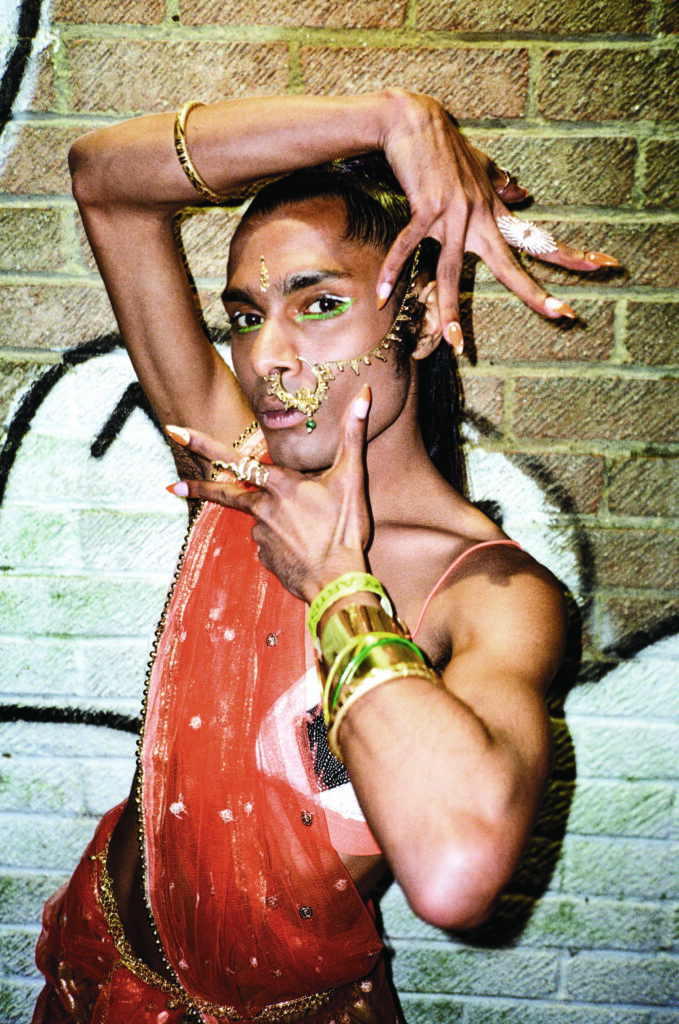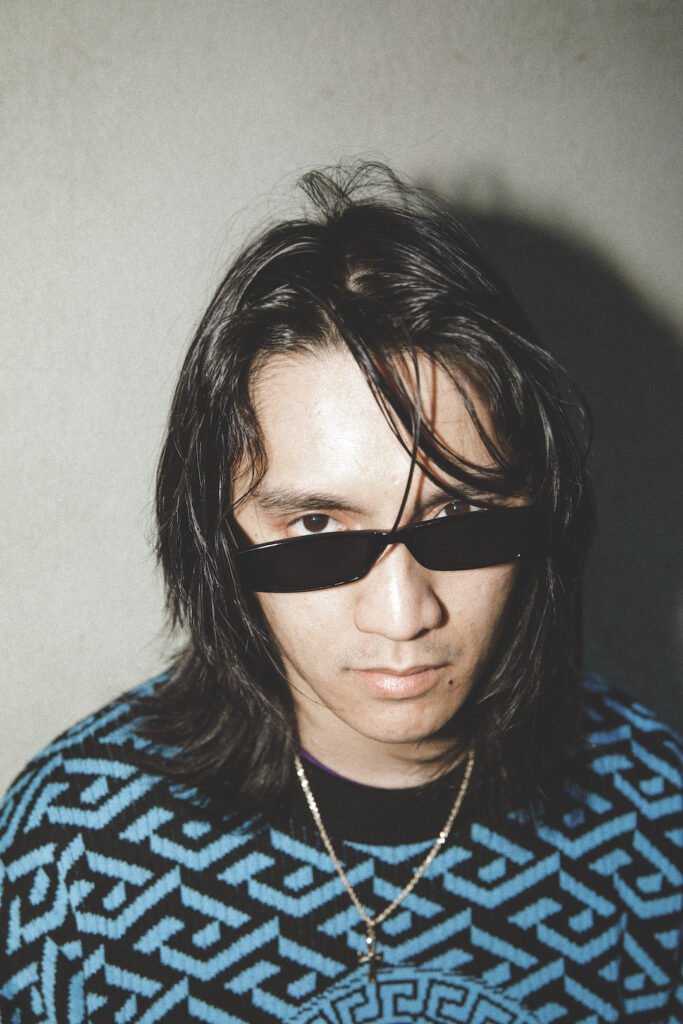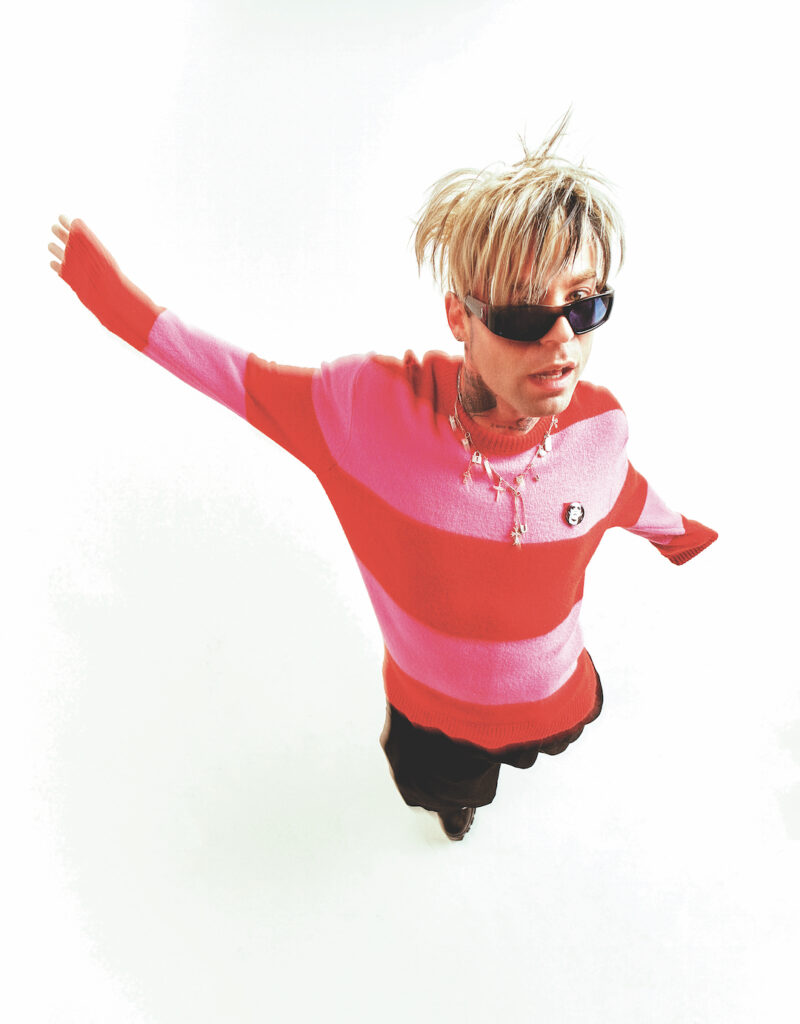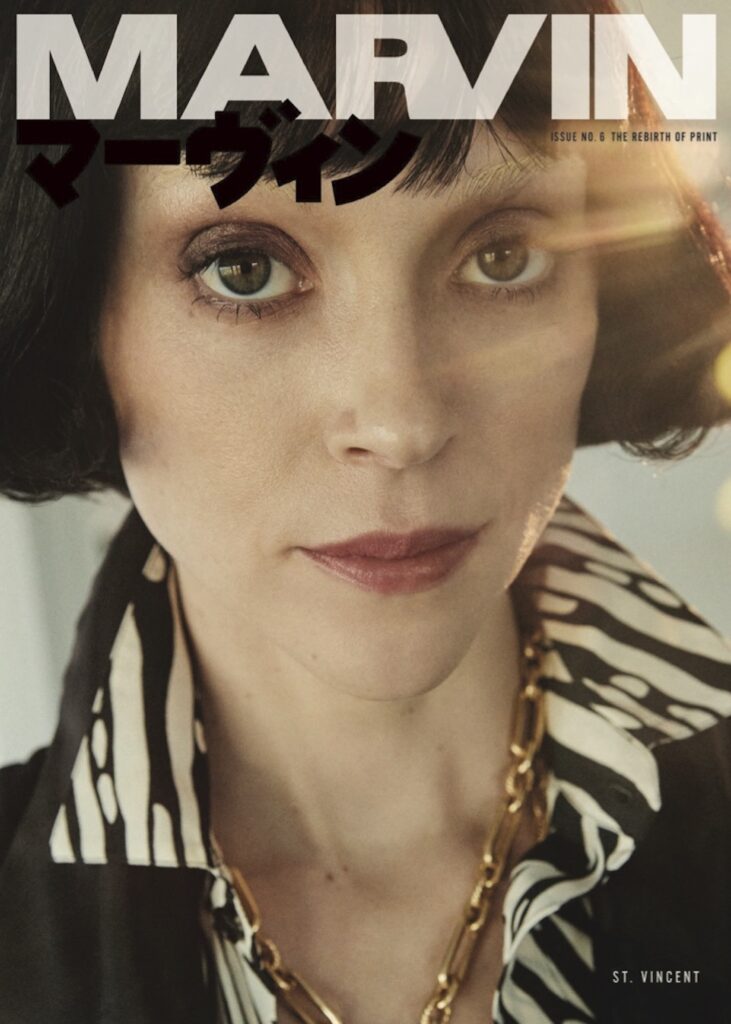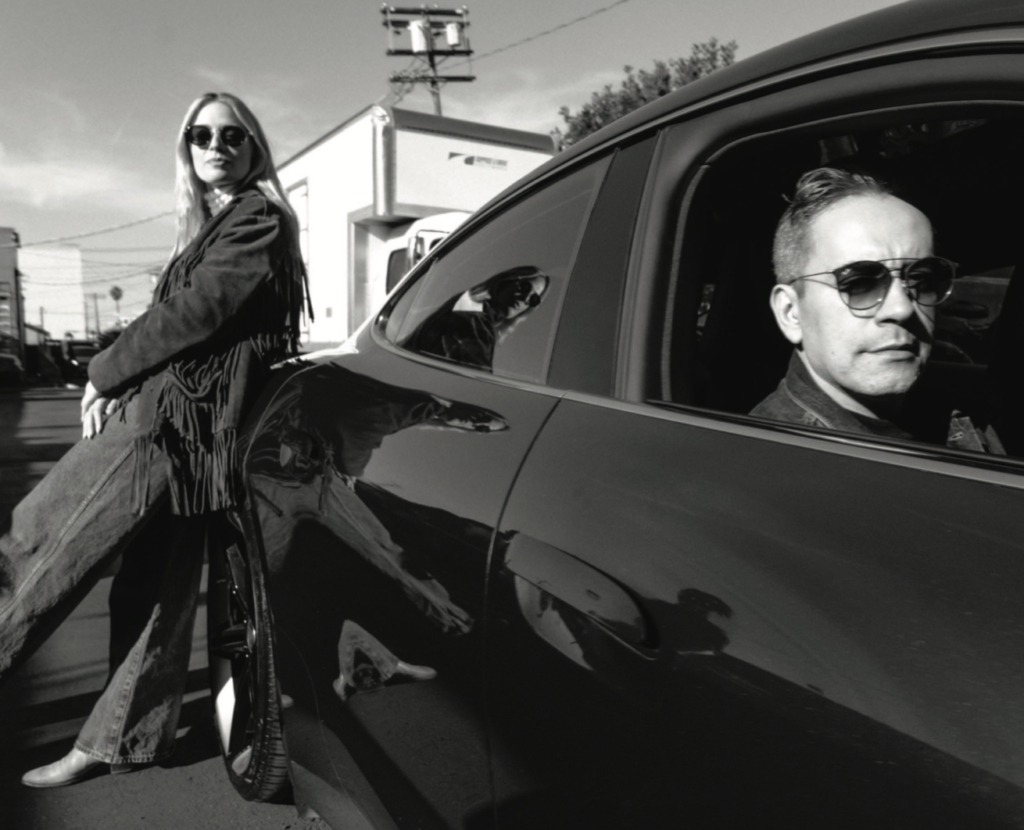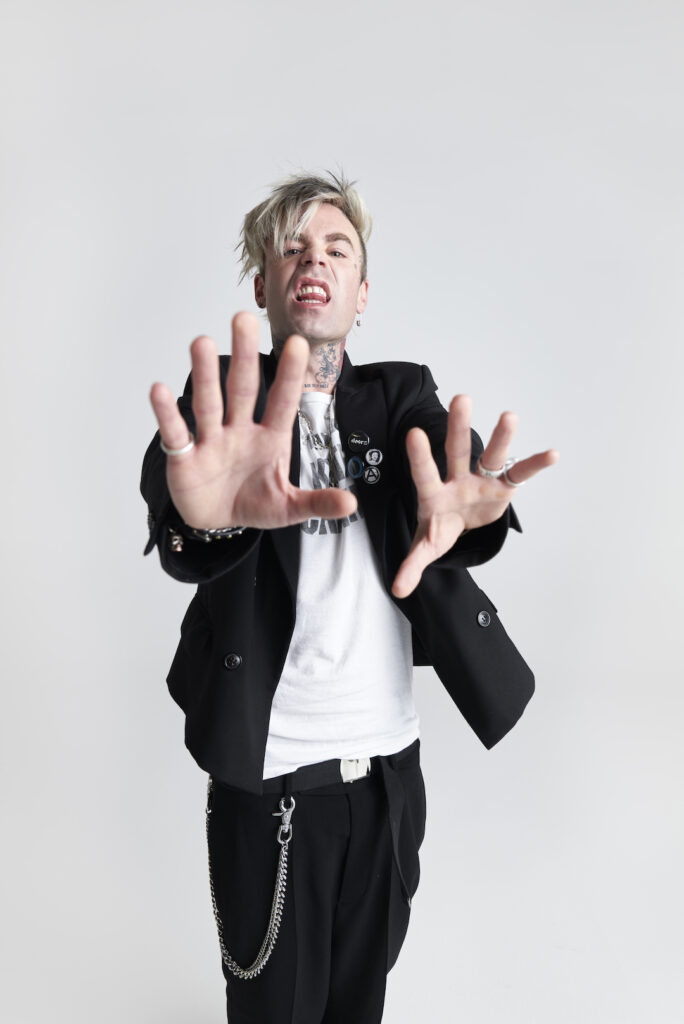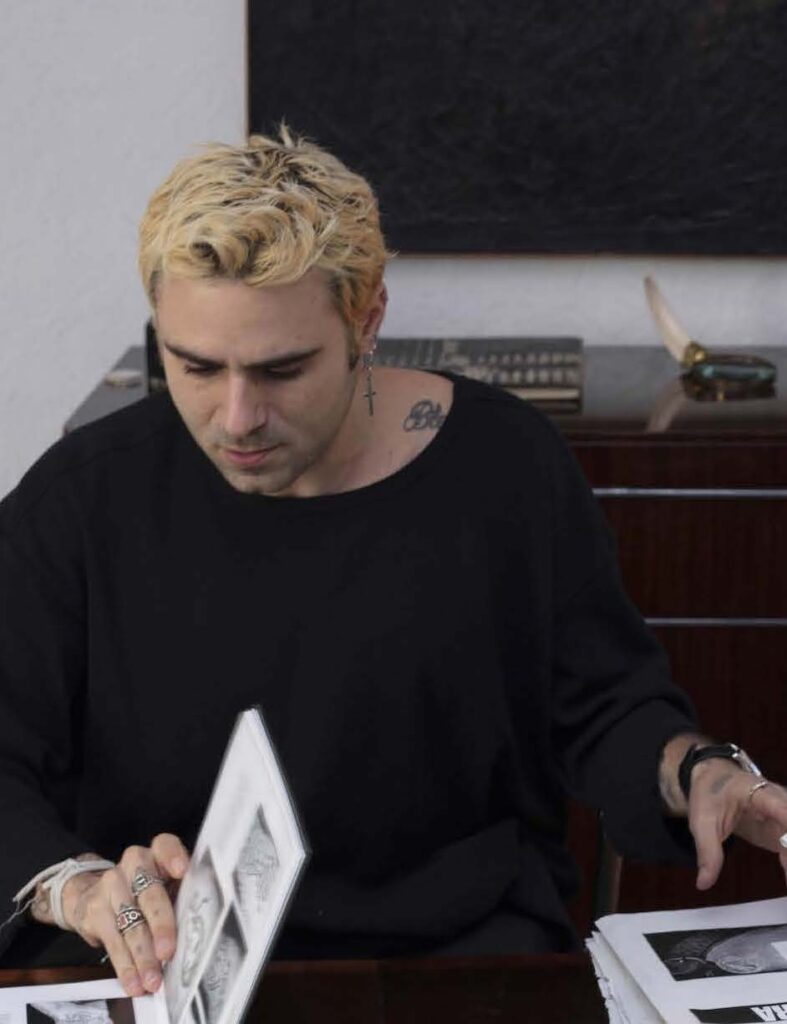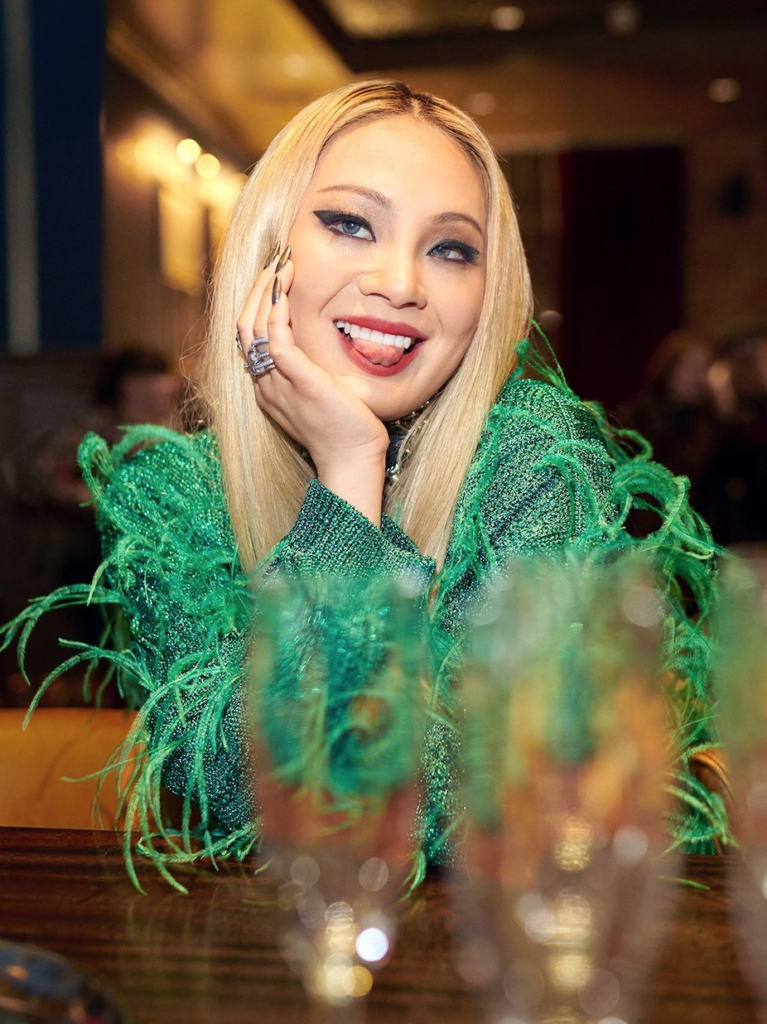Duran Duran and DJ Erol Alkan Talk About Teaming Up For the Group’s 15th Album “FUTURE PAST”
Words by Simon Price
Photography by Stephanie Pistel
John Taylor can smile the smile of someone who’s satisfied with what he did get. The Duran Duran bass player is reflecting upon the decision to record the band’s superb 15th album, FUTURE PAST with a man better known for rocking the turntables than riding the faders. The roll call of collaborators on FUTURE PAST also includes an indie guitar hero, an Italian disco composer, a legendary Bowie sideman and an entity which doesn’t actually exist (we’ll get to that). The most significant, however, is the long-haired Londoner joining John for a chat.
Erol Alkan is the Anglo-Turkish club DJ who made his name in the 90s/00s with the hugely influential Mondays-only, indie and electro club night Trash in London, and who under the alias Kurtis Rush, became one of the leading lights of 00s mash-up culture. Breaking into the mainstream when his cut-and-shut combo of Kylie’s “Can’t Get You Out of My Head” and New Order’s “Blue Monday” was performed live by Minogue at The BRIT Awards. For most of this century, Alkan’s DJing has run parallel with a successful career as a remixer for the likes of The Chemical Brothers, Franz Ferdinand, Daft Punk, Scissor Sisters, MGMT and Manic Street Preachers, and a producer for bands including The Long Blondes, Mystery Jets, Late of the Pier, Klaxons and The Killers.
The Duran-Alkan hookup came about at the suggestion of the band’s management but John was already familiar with Erol’s work, particularly with The Killers on “The Man”, the lead single from their chart-topping 2017 album Wonderful Wonderful. “There aren’t many strong-sounding band records out there these days,” he opines, “but that was one.” Taylor was also a fan of Alkan’s Another “Bugged Out” Mix/Another “Bugged In” Selection double CD from 2012. “That was my favorite CD of that year. So I knew he had impeccable taste.”
The admiration was mutual. Erol’s boundless enthusiasm for music fizzes over when he talks about Duran Duran. “I’ve always been a fan of the records and the band, so it just felt like a natural thing to do.” The pair first met up in LA and hit it off immediately. “I really liked him,” John recalls, “ and I thought ‘oh God, I hope everybody likes Erol as much as I do.’”
Duran Duran grew directly from the club scene. Taylor and keyboardist Nick Rhodes used to run nights at the Rum Runner, Birmingham’s answer to Covent Garden’s Blitz (as celebrated on the Mick Ronson’s superb 2006 compilation Only After Dark). Early hits like “Planet Earth”, “Girls On Film” and “Hungry Like the Wolf” were accompanied by pioneering 12-inch remixes from producer Colin Thurston on the unofficial record, Night Version Companion.
To a DJ like Erol Alkan, Night Version was catnip. Even when Duran Duran
wasn’t a particularly hip name to drop, Alkan included a rare mix of “My Own Way” on his compilation album Trash Companion #1 in 2001, and Night Version’s “Girls On Film” on his One Louder (Muzik Magazine Covermount) record in 2003. During DJ gigs at places like Liverpool megaclub Cream, he would drop “Girls On Film” into an otherwise-electronic set.
“For me they’re not anything to do with nostalgia,” he states. “Those 12-inches [from Night Version] were great definitions of guitar bands making records for people to dance to. You had [French-Armenian DJ] François Kevorkian doing extended versions for people like The Cure or The Smiths, and those Duran Duran 12s. Those were the two beacons as to how I wanted to take a four-minute track by a band and make an eight-minute version that could work in a nightclub.”
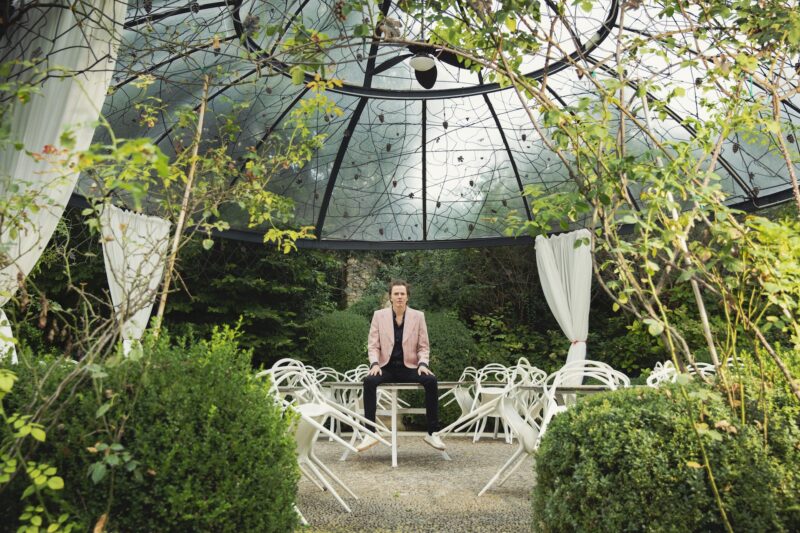
Not that John Taylor was unconcerned about working with a DJ. He’d tried it before in the 80s with unhappy results. “I was obsessed with Marshall Jefferson for a minute. So we actually got Marshall Jefferson over to England. We were on the road, and the only way that we could get together with him was to rent a studio in Nottingham for one night after the show. And all I really wanted was, you know, The House Music Anthem, Part 2. But of course, he wanted to make a ‘Led Zeppelin 7.’ All he dreamt of doing was recording drums but we were like ‘no, can you bring a drum machine with you?’”
He is full of praise for Alkan’s approach, describing him as “this widescreen pro- ducer in waiting” and “the most organic producer that I’ve worked with in 20 years”, hailing his “sense of detail” and his desire to make a record that was “about the craft from the ground up” in contrast with the hi-tech approach that dominates modern pop.
“I think it’s easier to make exciting music without real instruments today,” Taylor explains. “In the way that, you know, McDonald’s hamburgers are quite exciting. Young people love them and they’re filled with really bad things that are exciting when they hit the palate. And it’s much, much harder to make an exciting record using those bits of old wood and metal strings and skins and things. It’s very fucking diffi- cult to make an exciting record out of those instruments in 2021, like making a burger with no additives.”
Other producers in the band’s recent past have been more about the McDonald’s approach. “It’s a bit of a buzzy phrase but it’s like Erol created a safe space. It’s like having a producer that really honors me as a bass player. I worked with Timbaland for three days and at the end of the third day, he said ‘ok man, I see what you do now!’” Erol’s the complete opposite. He’s like ‘I love what you did on that track’, so I’m think- ing ‘at least this guy recognizes me.’”
Much of Erol’s role, John believes, was in boosting the band’s faith. “As artists of a certain age, I’m not sure if people appreciate how much encouragement we need. It doesn’t matter how many albums were sold. There’s that vulnerability in all of us. It doesn’t matter how much success or fame or money you have. Simon, Roger, Nick and myself, we’re vulnerable and unsure about our talents, about whether we’ve got anything in us that is viable or worthwhile. We’re wanting to pull something off that’s special and great, but are thinking: Do I have it in me, as an individual musician, or is it played out? Erol just gave us a sense of confidence.”
Erol also had a job as a mediator. “There’s a lot of agendas there,” says John. “I mean what might be uber-cool to one band member is cheesy to another. You’re constantly having to balance these things. It’s like four people could be dancing and if one person’s sulking it ain’t working. We’ve got to find a way for everybody to feel good.”
One aspect of this was reassuring Duran Duran that it was uber-cool and non- cheesy to reference their past. To an extent, he was pushing at an open door. Previous album Paper Gods was littered with nods to the Rio era, and FUTURE PAST picks up that ball and runs with it. The single “ANNIVERSARY”, for example, is a big thumping shameless reboot of their single, “The Wild Boys”.
We’ve already been like: can we rewrite “Save a Prayer”? but it was impossible. And we’ve done the hip-hop album (2007s Red Carpet Massacre), we’ve done every- thing. I think at this point the role of a great producer, as the curator, is like: listen guys, it’s cool to take this reference, and it’s cool to reference this. As long as you’ve got a guy with the taste that Erol’s got, you can trust them. “ANNIVERSARY” is the great referential track because once we realized that we were writing a song that celebrated our own longevity, it was like: why not leave those little sequences and those little hooks in there? And the fans love that, those signature moments.
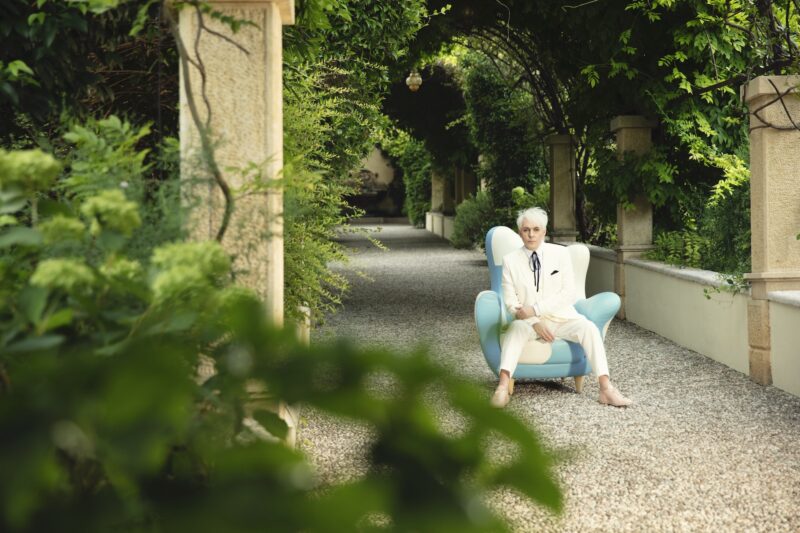
Another track, “GIVE IT ALL UP (feat. Tove Lo)” uses the instantly familiar flanging effect from “Planet Earth”, the band’s debut single. At the mention of this, one thing becomes clear about John Taylor and Erol Alkan. Left to their own devices they will talk about…their devices. “I actually made Nick Rhodes tell me which flanger is the Duran Duran flanger,” Erol laughs. “It’s the Roland MXR flange pedal… the plugged version, not the battery-operated,” he clarifies. “Step away from the flanger, Mr. Alkan!” John affectionately mocks. Erol smiles. “When even Nick Rhodes says to you, ‘you do a lot of flanging’, you know you’ve got a problem.”
Fifteen months into the making of the album, the deadline was looming. They wanted it out there before their summer shows. “We were under it, man,” John remembers. “We were like, ok we can do this but holy fuck, someone’s going to have to die. It was really fucking intense.” That’s when Covid struck and [paused] the whole project. During those months, Taylor witnessed America at war with itself, from anti-lockdown rallies to BLM protests to the insurrection at the Capitol.
It gave John an epiphany about the power of music. “I’m watching all this, from the point of view of a musician, who’s been sidelined, who’s basically just thinking what these fucking people need right now is a gig. You know, somewhere where we can all fucking go and stand together and dance. Something I’d never really thought about before was just how important live music is.” Finishing FUTURE PAST became a priority. He uses the words fraternal, pragmatic and constructive about the mood in the studio when they resumed.
The title FUTURE PAST is perfectly embodied by “MORE JOY! (feat. CHAI)”, a track which begins with what sounds like the 8-bit or chiptune music from an old video game and comes with an oddly old-fashioned Manga video. Revisiting the past’s idea of the future conjures an eerie sense of displacement. The inspiration, surprisingly, was Daft Punk’s hit “Get Lucky”.
“That was one of the most organic things Daft Punk ever did,” says John, “but there’s a point in the song which suddenly goes all electro, just morphs completely. And so it was like, ‘well, what if we went the other way around?’ What if we started with a tiny electro transistor thing, like an Atari, but then it kind of goes into punk rock?”
Punk bands like Gen X (John believes Kiss Me Deadly by Gen X “single-handedly invented Green Day”) and Siouxsie and the Banshees also influenced the album. “I used to follow the Banshees around and they were the sexiest, coolest people in the country. A couple of times I’d be waiting around, and they’d drive up in their van, get out, start emptying their amps out, rolling them into the gig and putting them up. That to me was the most exciting time in my life, watching the transformation of that moment.”
One big Duran influence who made it onto FUTURE PAST is Giorgio Moroder. The first song Simon Le Bon sang with Duran Duran in front of an audience at the Rum Runner on July 16, 1980, was a cover of “I Feel Love” by Donna Summer. “[Giorgio] was definitely in our hearts and minds on those early records,” John confirms. “I don’t know how many punk rockers were influenced by him but we definitely drew down his style into our music from the beginning. Nick and I were very into [soundtrack album] Midnight Express. That was a really big piece of music for us.”
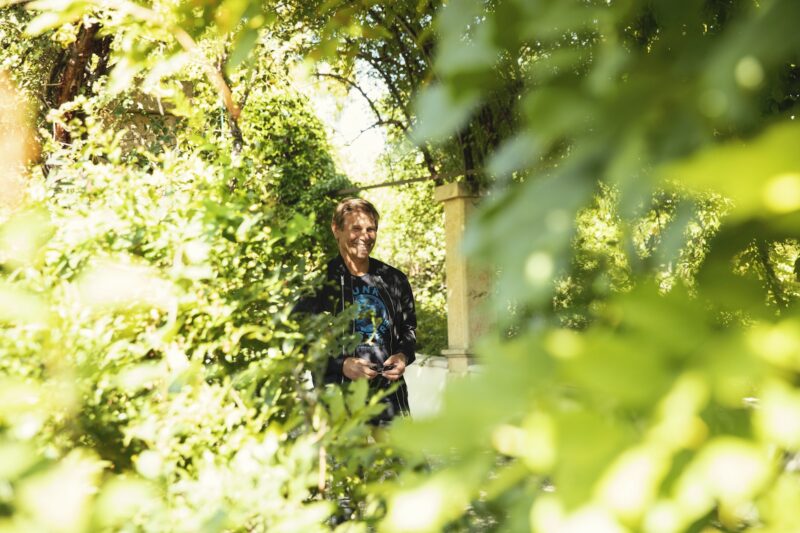
Moroder’s arrival in the studio turned the Duran boys into fanboys. “The sessions with Erol were very high energy but Giorgio came in and we were all genuflecting. And it was like, ‘be quiet, everyone! Giorgio is speaking.’ He’s super nice, super bright, he’s everything you could want him to be. He sat down, opened his suitcase, took his keyboard out, plugged it in, and Roger started playing along with him, and we’re like, ‘ok, this is why we’re all here today.’”
Asked whether Duran Duran fan Erol did any genuflecting himself seeing those pop legends across the mixing desk. “You really have to just park that aside,” he replies. “I had to be really tuned into the individuals in the room, rather than feel- ing, I’m in this room with this band who have sold a hundred million albums.” John verifies this. “That went out of the window pretty quickly. It was, how am I going to wrangle these assholes?”
Those assholes currently comprise four of the classic five: Simon Le Bon, John Taylor, Roger Taylor and Nick Rhodes. There’s a vacancy on guitar and on eleven of the new tracks It was filled by unlikely candidate Graham Coxon of Blur. Serendipity and strange coincidences played a role. Alkan suggested Coxon but the band already had him in their sights. “You mentioned Graham Coxon,” says John, “which seemed like a very prescient sort of idea. Because I said ‘oh, that’s so funny. Nick met him like a month ago and we’d like him to be involved in some new music.’” Coxon is not however a full-time member. “He wouldn’t want to be a part of the band. That’s something he might say he would, but really, that’s not what I was getting.” Across the 80s-90s divide, some sort of magic began to spark. “Graham was remarkable. It has to be said. He became the musician in the room that we were all like, ‘oh, yeah, I like that idea.’ Because you want somebody who’s fresh, you know what I mean? It was a perfect storm.”
Other guests on the album include Swedish singer Tove Lo, Japanese band CHAI, English rapper Ivorian Doll, and Bowie’s former pianist Mike Garson, who provides “Aladdin Sane”-style piano glissandos on “FALLING (feat. Mike Garson)”, the stunning finale of the album. Perhaps the strangest collaborator of all, however, isn’t human at all. On the video for “INVISIBLE”, they enlisted the help of an artificial intelligence dreamer known as Huxley. It’s an unsettling watch. The band’s faces melting into strange blurs. As Le Bon told ITV, Huxley “…created the video…they like to say ‘dreamt’ it, it dreamt the video.”
With so many contributors, FUTURE PAST could have been an almighty mess. Somehow, Erol Alkan managed to enforce a less-is-more approach and preserving a sense of minimalism and space. “That is something that you almost died on the hill doing,” Taylor tells him. “The space that you were able to carve out on this record… There is more space on this record than any Duran Duran album since Rio.”
Alkan gives a modest smile. “It’s that thing Miles Davis said: It’s not the notes you play; it’s the notes you don’t play.”
@duranduran




